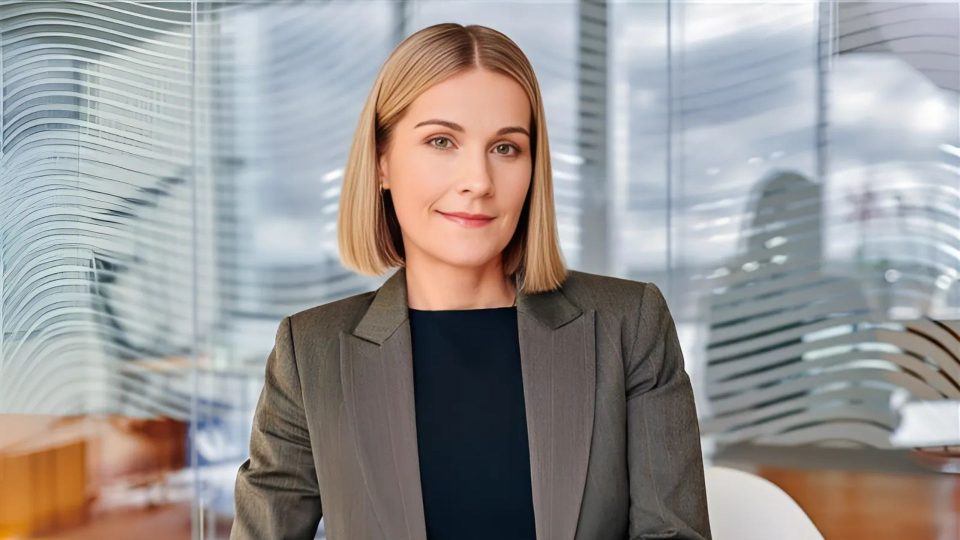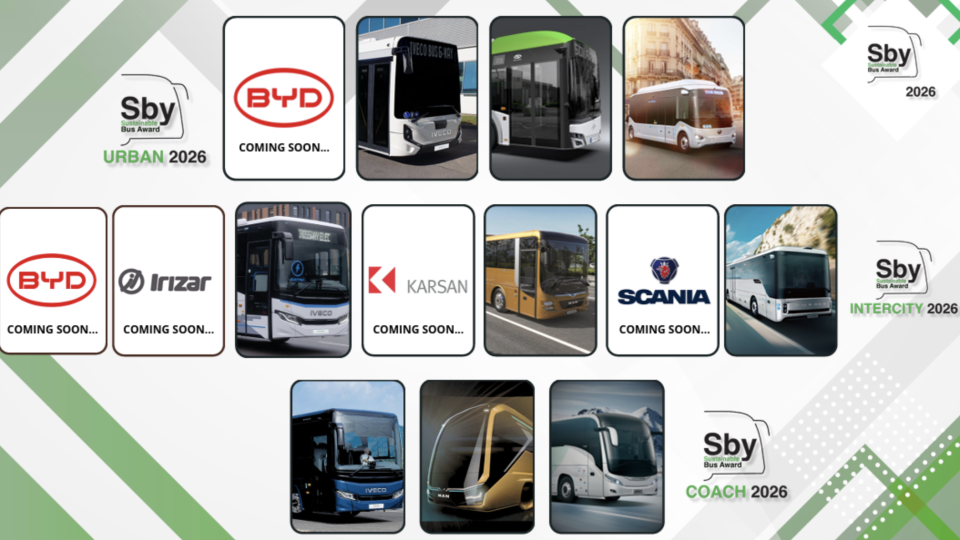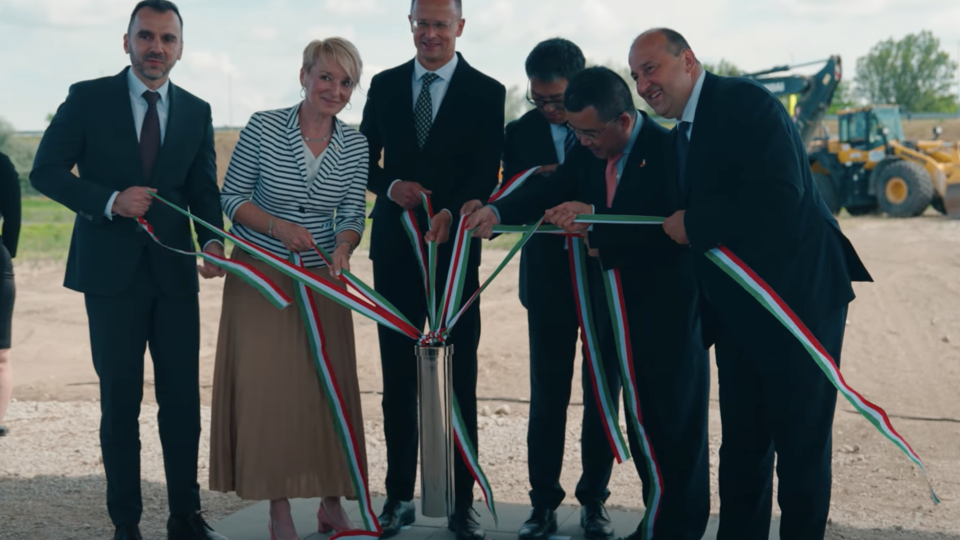New Flyer unveils its automated bus. A cooperation with Robotic Research
New Flyer unveiled its Xcelsior AV automated bus, now in motion at Robotic Research, LLC in Maryland. The Xcelsior AV unveiling follows New Flyer’s launch of its Automated Technology Program first announced in May 2019, and the announcement of partnership with artificial intelligence and automation leader Robotic Research. Level 4 technology for New Flyer automated […]
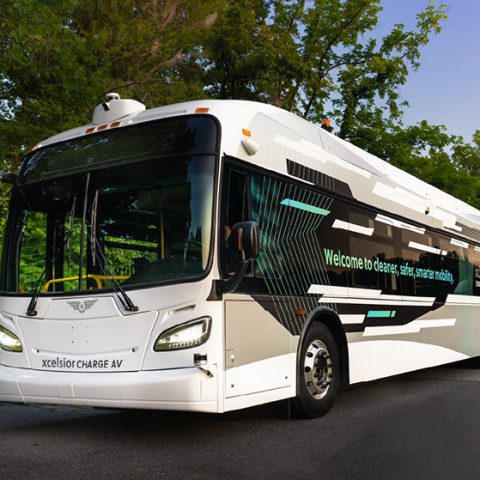
New Flyer unveiled its Xcelsior AV automated bus, now in motion at Robotic Research, LLC in Maryland. The Xcelsior AV unveiling follows New Flyer’s launch of its Automated Technology Program first announced in May 2019, and the announcement of partnership with artificial intelligence and automation leader Robotic Research.
Level 4 technology for New Flyer automated bus
New Flyer and Robotic Research developed the Xcelsior AV – North America’s first fully operational heavy-duty automated transit bus – to harness the zero-emission power of New Flyer’s Xcelsior CHARGE battery-electric propulsion while integrating advanced driver-assistance systems technology to meet Society of Automotive Engineers Standard J3016 Level 4 technology with the automated vehicle.
New Flyer’s partner Robotic Research is a privately held, U.S.-based innovative engineering and technology company providing software, robotic technology, and automated solutions to commercial and government customers. Its testing facilities are located in Gaithersburg and Clarksburg, Maryland.
Robotic Research AutoDrive in place of the bus’ eyes and brain
New Flyer automated capabilities are made possible by two primary technologies, the manufacturer points out. The first is AutoDrive, Robotic Research’s self-driving technology, serving as the “eyes and brain” of the autonomous system and processing the world surrounding the bus, including mapping the environment, making decisions, and navigating the route.
The second is Robotic Research’s AutoDrive ByWire (drive-by-wire system), serving as the “hands and feet” of the automated system and controlling the steering, braking, and throttle, ultimately operating bus movement on its route. This AV technology delivers several capabilities that are expected to be leveraged in making the mobility experience safer.
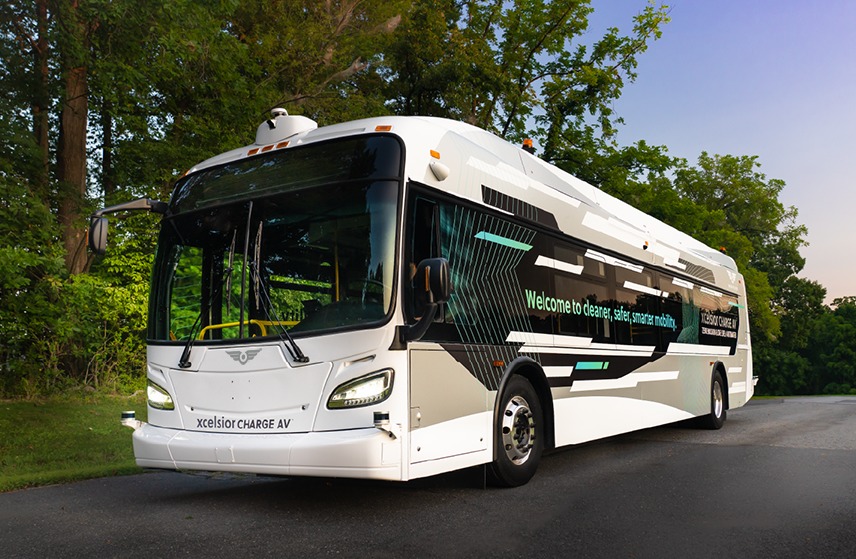
The automated bus’ system capabilities include, New Flyer points out:
- Visualizing the environment: the bus can visualize its current environment using sensors (such as LIDARs, radars, and cameras) that create a three-dimensional model of the world to navigate through.
- Pedestrian detection and avoidance: the bus can detect the presence of a pedestrian and adjust course to avoid.
- Vehicle detection: the bus uses 360° sensors to detect the presence of other vehicles, responding with course adjustment as appropriate.
- Precision docking: the bus is maneuvered precisely to allow for level boarding from the bus platform for passengers with accessibility needs.
- Vehicle-to-Vehicle (or “V2V”): the bus has the ability to communicate directly with other vehicles, which allows safe platooning.
- Vehicle-to-Infrastructure (or “V2I”): the bus communicates with signalized intersections or other infrastructure-based alerts, such as pedestrian and vehicle alerts (e.g. “Beacon Sense™”). These features will also assist in improving bus depot safety, efficiency and space usage through features such as self-parking, fueling and cleaning.
- Day or night operation: the bus is fully capable of operating day or night, regardless of lighting or weather events, based on its defined Operational Design Domain (or “ODD”).
- Safe and redundant system: the bus is capable of running when GPS is unavailable – responding to real-time data and events as they occur, instead of relying only on pre-mapped routes, buildings, and infrastructure.
- Performance analytics: the bus is integrated with nSight end-to-end data collection to analytics technology, lending deep insight on bus performance and its interaction with other vehicles and infrastructure through its route and operation.
Automated buses to improve road safety
“Our Xcelsior AV represents the anticipated future of safety in public transit and the latest leap forward for New Flyer. We committed to building an automated transit bus and within five years, we’ve delivered an industry-changing vehicle. The technology is real and it’s here,” said Chris Stoddart, President, New Flyer and MCI. “In the future, we expect fleets of automated buses to improve road safety and with the potential to shorten commute times, increase energy efficiency, and reduce congestion. As standards and regulations are developed and implemented and automated buses are deployed across North America, we expect our Xcelsior AV to enable meaningful improvements in the public transit user experience, which will hopefully lead to increased ridership. Together with Robotic Research, we are leading clean, accessible, reliable mobility that’s safer for all.”
New Flyer automated bus: towards the era of Transportation as a service
“Autonomous technology is not only expected to increase the safety of transit, but is also anticipated to increase the throughput and utilization of vehicles. Automated buses have the potential to improve traffic patterns and reduce stop-and-go traffic, benefiting not only the users of mass transportation, but the whole infrastructure,” said Alberto Lacaze, President of Robotic Research. “New Flyer just introduced the missing piece of a fully integrated, smart transportation solution. This vehicle unlocks a new era of Transportation as a Service, leveraging technological advancements across industries to create a safer, cleaner, more efficient, and more accessible transportation solution for the public.”




